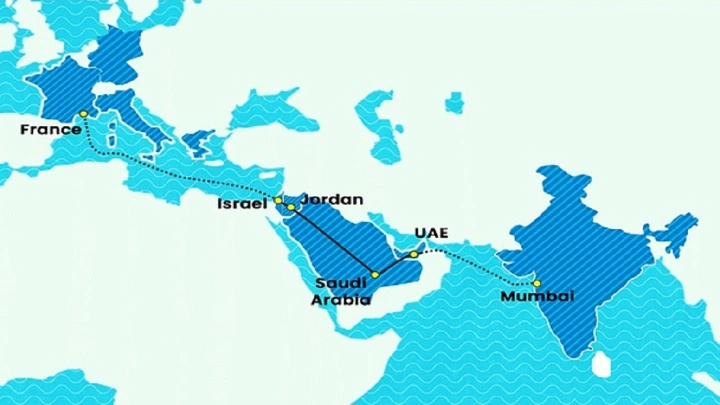Traditionally dominated by Moscow both economically and politically, the Central Asian countries today view Russia as a threat to regional stability, sovereignty, and territorial integrity. The harsher sanctions and disruptions as a result of the war have prevented European commodities from reaching Central Asia via Russia and cut the hydrocarbon-rich Central Asia’s direct access to European markets, thus prompting the EU to seek secure alternative transit routes to bypass Russia and the Northern Route. The corresponding fallout from the Palestine-Israel conflict has led to increasing disquiet in the Red Sea, resulting in cargo rerouting, increased costs, longer transit times, and capacity shortages. These geopolitical contestations, geoeconomic challenges, and security dilemmas have caused the EU and Central Asia to reassess their foreign policy, particularly concerning strategic autonomy, sovereignty, safety, and stability in greater Eurasia. China’s increased economic and strategic presence in Russia’s backyard has further driven the EU and Central Asia to reassess their strategic relations.
Countries across Eurasia are exploring alternative and more resilient connectivity corridors to facilitate new trade routes and sustainable transport methods. The Middle Corridor, also known as the Trans-Caspian International Trade Route (TITR),[a] is a geostrategic and geoeconomic shift in the current vulnerable geopolitical environment and is crucial for enhancing connectivity between Asia and Europe. The Middle Corridor also plays a pivotal role in the United States’ (US) and the EU’s adaptive and forward-thinking approaches to maintaining regional influence to counterbalance the China-Russia cooperative hegemony in Central Asia.
This paper examines the evolving dynamics of EU-Central Asia relations in the context of the ongoing Russia-Ukraine conflict and resulting disruptions. It highlights the growing importance of the Middle Corridor as a potential alternative trade route amidst sanctions on Russia and rising disquiet in the Red Sea. The paper also examines potential economic and broader trade opportunities for participating countries and evaluates related infrastructure limitations and capacity issues in the two regions. Finally, it explores how India can strategically leverage the Middle Corridor as a viable trade route to counter the persistent security concerns and political instability in the Red Sea.




